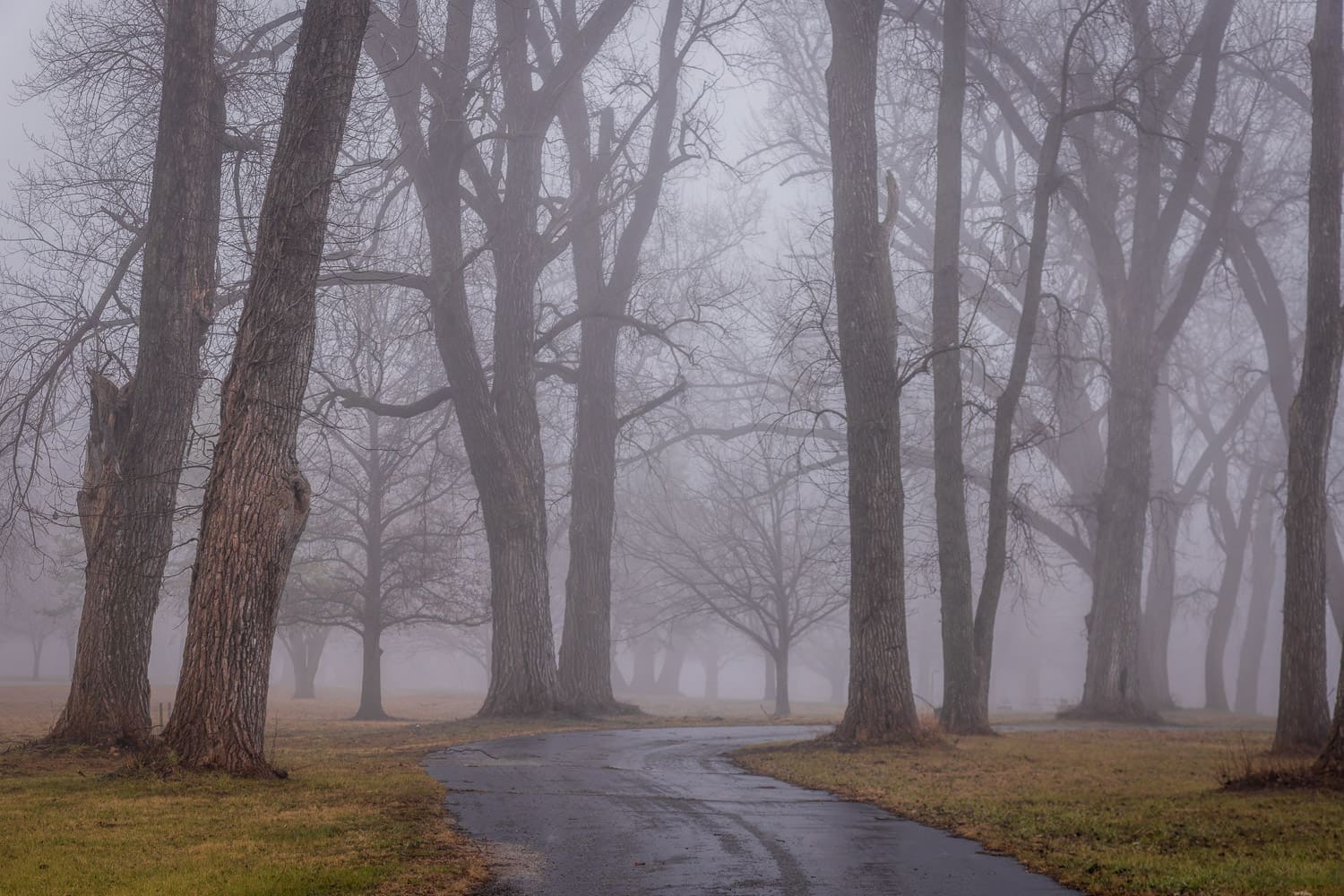
(click on any photo in this post to enlarge it)
At the end of April I had the opportunity to do some sunrise photography with Chris from La Brisa Photography. Chris is an amazing photographer and it seems like every week he is flying to different parts of the country to photograph a wedding. I was hoping we would have a good sunrise and we weren’t disappointed. We went to a small cove on Tuttle Creek Lake that I used to fish at quite a bit but hadn’t really done any photography at. I’m not sure why I haven’t been visiting this cove (which I’m going to call “La Brisa Cove”), it is really beautiful. The sunrise provided us with plenty of color and the trees out in the cove made for great subjects. I found some interesting driftwood near the shoreline that I used as my foreground subject to give some depth to the photograph above.
In addition to being at a new location I was also using a new filter for these shots. The filter is a variable neutral density (ND) and allows you to reduce the amount of light coming through the lens. ND filters come in different ‘strengths’ based on how many stops of light they block out. The nice thing about the variable ND filters is that you can adjust the strength to block out from 1 to 8 stops (with the one I have). Variable ND filters are basically 2 polarizer filters put together and by rotating the outer filter you change how much light is blocked, i.e. the glass seems to get darker.
Why would you want a filter like this? Well they have several uses, one being to allow you to use slower (longer) shutter speeds than you would otherwise be able to. This lets you blur moving objects such as water to a greater degree than you can without the filter. Normally get a really slow shutter speed you have to set your f-stop to a high number (stop down the lens). This causes a loss in image sharpness though due to the strong diffraction of the light entering the lens when the aperture is small. A variable ND filter lets you avoid this problem though. You can set your f-stop where you need for the DOF of your shot and then adjust the filter strength to get the shutter speed you want. If you don’t need a high f-stop for DOF reasons, you don’t have to use it just to get a slow shutter speed.
In the photograph above I was able to get a shutter speed of 1/13th of a second. With this shutter speed ripples on the water were still visible.
In this next photograph I was able to slow the shutter speed down to 2.5 seconds. With this longer shutter speed the ripples in the water are now blurred and the surface of the water is smoother. There is nothing “wrong” or “right” about either of these photographs, but the variable ND filter allowed me to create the second photograph which I could not have done without the filter. It is always good to have options when you are creating a photograph. A photograph is an expression or interpretation of an experience and having this filter will give me new ways to express how I experience nature.




